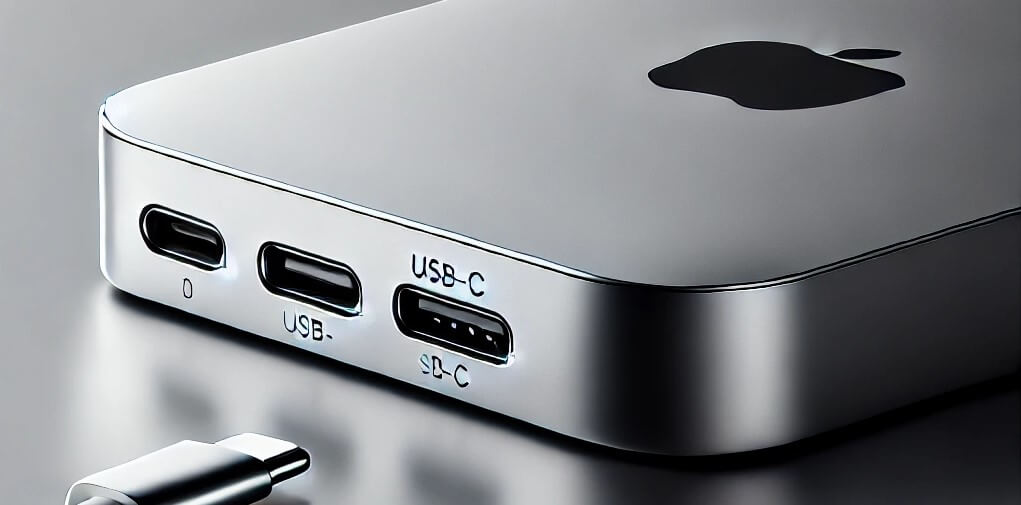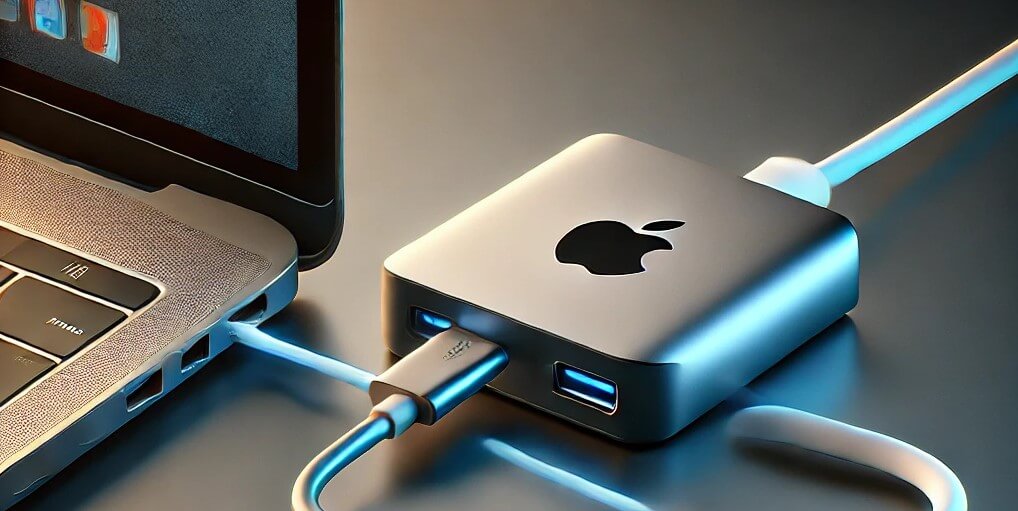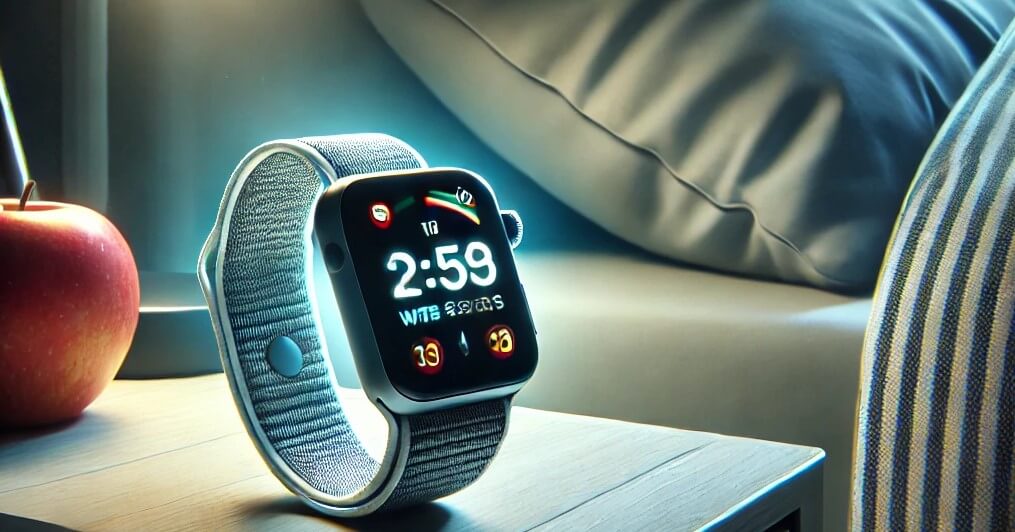Apple is reportedly planning to phase out the familiar USB-A ports in the next generation of Mac mini devices, marking another step in the company’s ongoing transition to USB-C technology across its product lineup. This move, reported by Bloomberg’s Mark Gurman, signifies a major shift in the design and functionality of the Mac mini, which has largely maintained the same design since 2010.
A Shift Towards USB-C

The USB-A port, with its distinctive rectangular shape, has been a staple in computers and peripherals for decades. However, over the past several years, Apple has been steadily replacing USB-A ports with the more versatile and compact USB-C ports. USB-C offers several advantages, including faster data transfer speeds, the ability to carry power and video signals through a single cable, and a reversible design that makes it easier to plug in devices without worrying about orientation.
Despite these advantages, the transition to USB-C has not been entirely smooth for all users. Many Apple customers have had to purchase adapters or new cables to connect their older devices to USB-C-only ports. This has led to some frustration, especially for those who rely on a variety of peripherals that still use USB-A connections.
The New Mac Mini: What to Expect

The Mac mini, Apple’s compact desktop computer, has not seen a significant redesign in over a decade. However, according to Gurman, that is set to change this fall. The new Mac mini models are expected to feature Apple’s latest M4 chip, promising improved performance and energy efficiency over previous versions.
In addition to the internal upgrades, the new Mac mini will reportedly come equipped with five USB-C ports, an Ethernet port, an HDMI connector, and a headphone jack. However, the longstanding USB-A ports will be entirely absent from the new design, signaling Apple’s full commitment to USB-C and its future-forward approach to connectivity.
The removal of USB-A ports aligns with Apple’s broader strategy to streamline its products and push the industry towards more modern standards. However, for some users, particularly those with older accessories or devices that rely on USB-A, this change might necessitate investing in additional adapters or new peripherals.
Timing and Future Announcements
Apple has scheduled a “Glowtime” press event for September 9, where the company is expected to unveil the new iPhone 16. While the focus of this event will likely be on the iPhone, Gurman suggests that the announcement of the new Mac mini and other updates to Apple’s Mac lineup may be reserved for a separate event later in the fall.
As I see it, this phased approach to product announcements allows Apple to maintain momentum and keep consumer interest high throughout the year. The decision to remove USB-A ports from the Mac mini is part of a broader trend within Apple’s ecosystem, and while it may cause some short-term inconvenience for users, it ultimately reflects Apple’s commitment to innovation and standardization across its product lines.
The Impact on Users

From my point of view, the removal of USB-A ports in the new Mac mini will likely be met with mixed reactions. On one hand, users who have already transitioned to USB-C will appreciate the additional ports and the benefits they bring, such as faster data transfer and more versatile connectivity options. On the other hand, users with older devices that rely on USB-A will need to adapt to the new standard, which could involve purchasing adapters or new peripherals.
Apple’s push towards USB-C is in line with broader industry trends, particularly in the wake of new regulations in the European Union mandating USB-C as a universal charging standard for many electronic devices. As such, while the transition may be challenging for some, it is a necessary step towards a more unified and efficient technology ecosystem.
In conclusion, the upcoming redesign of the Mac mini and the removal of USB-A ports reflect Apple’s ongoing commitment to advancing its technology and design standards. While this move may require some adjustments for users, it is ultimately aimed at improving the overall user experience and keeping Apple products at the forefront of innovation in the tech industry.






